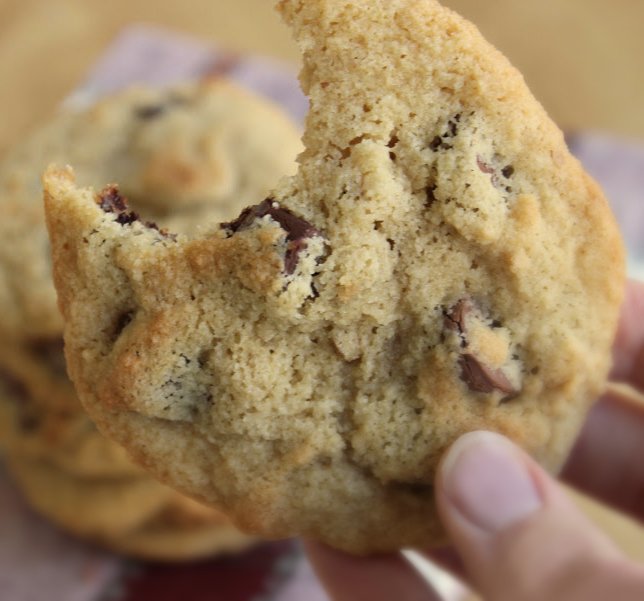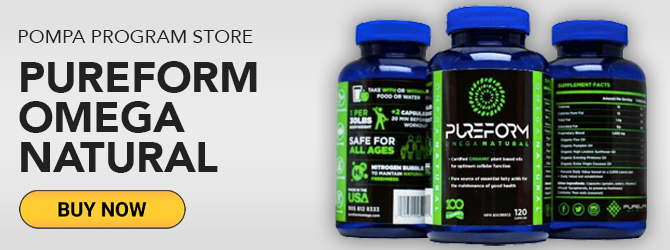Raw Feeding for Dogs: The Best Diet for Your Fur Babies
A guest post, written by my wife, Merily Pompa.
Raw Feeding for Dogs: Those of us who have fur babies and love them with an irrational love will do almost anything to keep them healthy and happy. So much of the food on the market today is toxic and filled with fillers and preservatives, artificial colors, as well as high fructose corn syrup, benzoyl peroxide, which is a bleaching agent used in flours and cheese.

Not always are the preservatives listed that are in the ingredients even though the ones that are in the food must be listed—confusing and crooked, I know. So if there is chicken, for example, or fish, that doesn’t mean there are no preservatives in those ingredients, even though not listed.

Raw Feeding for Dogs: Most Processed Dog Food is Denatured with Preservatives Added
Other preservatives are synthetic such as BHA (butylated hydroxyanisole), BHT (butylated hydroxytoluene), or ethoxyquin. The role these fats play is to prevent rancidity and extend shelf life in the foods for approximately a year. Their safety is questioned by the scientists (who usually understand the dangers far in advance of the FDA recommendations) and for the savvy consumer (like myself). My rule of thumb is if it is on the ingredient list and cannot be pronounced, I do not buy it. I adhere to that not just for my furries, but for my humans as well.
To give one example, the preservative ethoxyquin, which came under scrutiny in the ’90s due to a rise in reproductive issues, skin allergies, and cancer and even organ failure, is far from what I would ever consider being an acceptable ingredient in their food options. Ironically, Monsanto was the company that conducted the tests, which revealed possible liver damage in dogs that were fed high levels of this preservative, which led to the FDA (in 1997) halving the previously allowable limit.
Instead of BHA, BHT, or ethoxyquin, look for natural preservatives such as Vitamin C (ascorbic acid), Vitamin E (mixed tocopherols), and plant extracts. They still serve the purpose to preserve, just not for the length of time that the synthetics do. The workaround there is to look at the date on the bag. Be sure to buy products that fresh.
So What Can I Feed My Fur Baby?
The best way to avoid processed dog food and ensure you are choosing from the freshest and best products for your pets is to feed them raw. It is essential to know the companies that have the best reputation for being meticulous about the processing of their food. With raw feeding, there is always the option to make your own (which I do not) or buy from those companies.
A few of my favorites are Love Your Pet, Stella and Chewy’s, Primal, and Small Batch and Idahound. I have been feeding my pets exclusively raw since our now ten-year-old Goldendoodle was about 1 or 2 as he had digestive issues until I made that uncompromising switch. Before that, his microbiome (the combined genetic material of microorganisms in a particular environment which is as important as the genome) was hugely disrupted.
Raw Feeding for Dogs: What is the Best Diet for Dogs and Cats?

We determine what foods animals should eat, through observing what they eat in the wild. What if an animal has been taken out of the wild for some time, and this is impossible? The study of paleontology supports the fact that specific jaw structures, type of teeth as well as digestive tracts would best be suited to a carnivore diet. Dogs, as well as cats, have these characteristics. Therefore no other diet other than a raw diet would be the best. Pure carnivores still eat some roughage but not for the same reasons humans do, and it is a small part of the menu. Most of the reputable raw food producers consider this. Another reason to research companies who produce raw? You want to be sure that your little loves get the correct ratios of meat vs. roughage.
Some people who do not understand or have experience with raw feeding may claim that there are threats to human and dog health from bacteria in raw meat.
They also contend that there is an unbalanced diet that may damage health. Still, others claim if given for an extended period and that there is a potential risk for whole bones to increase the risk of choking, break teeth or cause an internal puncture. These concerns are simply untrue. I seldom give my dogs raw chicken bones…only because I buy their food. I do give them raw beef bones (mostly in the summer so that they can enjoy them outside).
One obvious response to the concern for the bacteria in the home is evident as who doesn’t clean their counters when they cook with raw meat or any other meat for that matter? It's always important to clean the space where food is prepared. In my decade of experience, I have never had an issue—not one—nor has anyone I know who feeds raw had any problems either.
Secondly, how do animals survive the wild and live long, healthy lives (exclusive of predator attacks) if they cannot eat what is available to them? As their caretakers, we can pick and choose what they eat, which ensures their best options within the category of raw. I even buy bone broth and add that as “the cherry on top.” Other great toppers include raw goat kefir, raw eggs, and raw sardines.
How many testimonies have you read of health transformations of pets (if searching the topic), which I feel is the most significant evidence of all to the power of a raw food diet? If not, that should be where this debate would begin and end as those who have implemented raw due to allergies, gut issues, skin issues, even cancer and have made the switch have overwhelmingly reported the benefits.
Whether your pet is struggling or you desire to lengthen their life span, I encourage you to consider this as your highest offense and weapon for their thriving and longevity.
Here is our (at the time) ten-year-old son wearing a gas mask to feed our dog!

Being a Conscious Pet Owner
Being a conscious pet owner is something I’ve been thinking about a lot. “Owning” a lifeform is a weird idea in the first place. These dogs are part of our family…they sleep in my kid’s beds and are always with us. When we travel, something feels off…the pack is not together. In the old days, the dogs would run down a rabbit and eat together. Then they bonded with humans and we’d hunt together. They’d help us and we’d give them their share of the “bounty.” It was a match made out of camaraderie and partnership- a true example of symbiosis.
Cats? They’d get the rodents for us- free food for them and disease-free barns for us. They’d bring us birds. Again- symbiosis at work. So what’s different today? If you live in an urban environment, there’s a lot that’s changed. The cat lounges in the living room and eats food out of a can. No mice being chased in the barn…Dogs? They get a walk or two a day and they watch us watching our phones. Boo. They eat synthetic kibble (no matter how much we pay for the good stuff) and get taken to special places for “exercise.”
It’s better than not getting it but, come on. Animals (and humans for that matter) evolved in the wild and are meant to be running around. Free play, exploration, and a diversified nutrient-dense diet is where we came from. So how can we approximate that kind of lifestyle for our pets today?
That’s the challenge.
Getting them out and active is key- no matter where you live. A couple of walks a day for dogs is the bare minimum. Climbing apparatus and free play for cats. These things are key. Animals need to move around. Their spirits are wild. We’ve seen what happens when we ignore that. They mirror us. Dogs get depressed. Cats get feisty. As they should…
Life is to be lived.
What about the food?
Short of feeding them live mice and rabbits, we need to approximate those diets for them. Not all kibble is created equal. Probiotics are now a thing for our pets. Why? Because they’re no longer eating the guts of an animal they just killed. I know it’s gross but that’s the reality. Cats and Dogs are carnivores. They’d inoculate a healthy microbiome by eating guts of a fresh kill. They never ate grains over the millennia. So why are those the main ingredients in pet food? Because it’s cheap.
There are places to save money and other places to invest in the health and happiness of our pets. Grains should not be in a pet’s diet. I spent several hours with Dr. Rob Franklin, a holistic veterinarian, discussing these items. He helped us put together a course called “Healthy Pets” which is filled with wisdom about how to feed and care for our pets.
A key takeaway is that prevention is the name of the game. Keep them healthy and keep them moving. Get them the right supplements and avoid the crap diets. They will live longer, be happier, and thrive. In fact, it’ll likely cost you less in vet bills and hospitalization in the long run.
They are part of our families and need to be treated accordingly. They deserve health and happiness. I was never handed a “how-to” manual with my puppies yet I was in charge of their wellbeing the minute I put them in my car.
With the help of Dr. Franklin, that “How To” manual now exists. Check it out.








